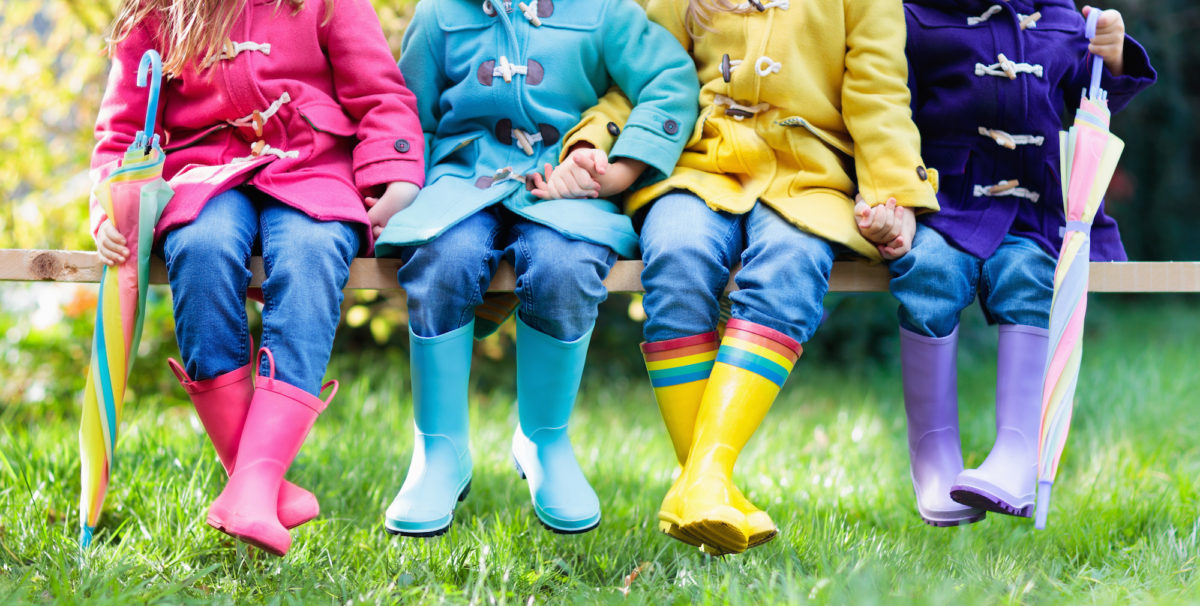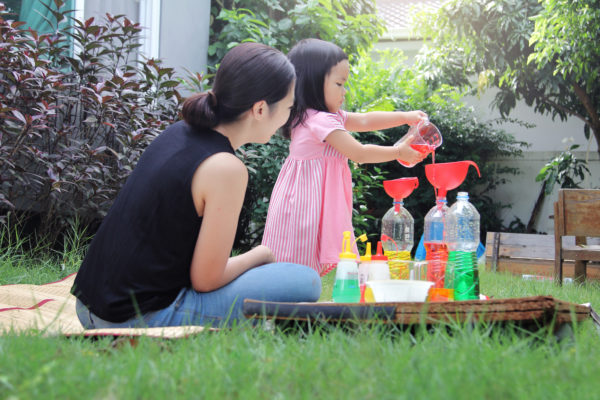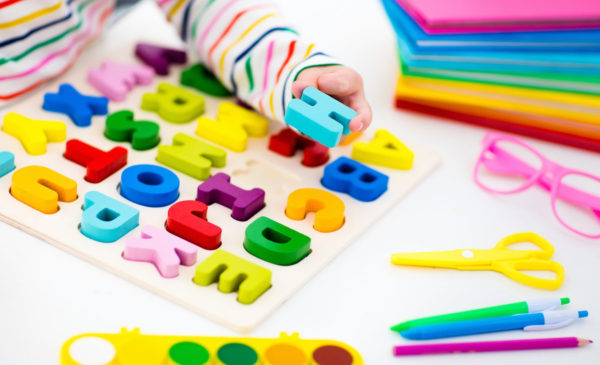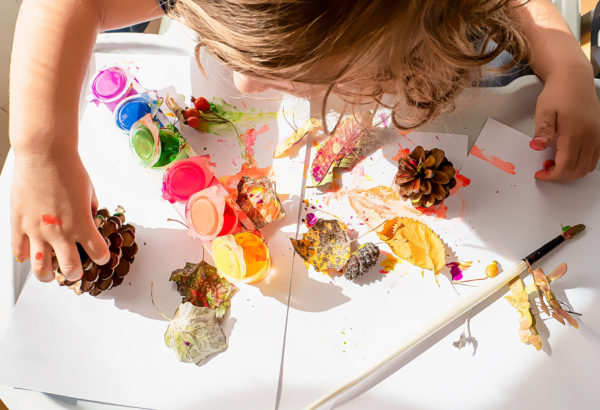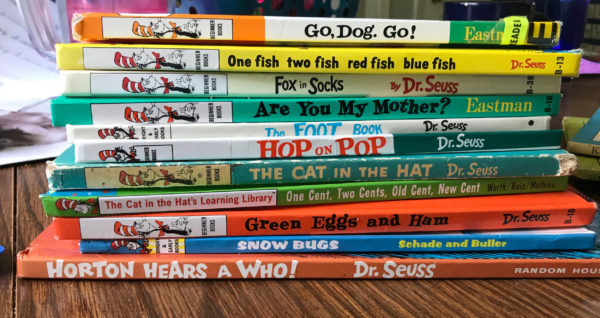Early Learning Spring Activities for Kids
These early learning spring activities for kids will have your preschoolers engaging in fun exploration of Easter, spring vocabulary, flowers, butterflies and rainbows. These spring sensory activities related to literacy, maths, art and STEM are perfect to incorporate into spring lesson plans. Best of all, each activity can be adapted to the ability level of the kids. They are sure to enjoy learning with these spring favourites!
10 Easy Spring Learning Activities for Kids:
Spring Vocabulary Word Building
Learning spring vocabulary can be hands-on using wooden or plastic letters to build new words using phonics skills.
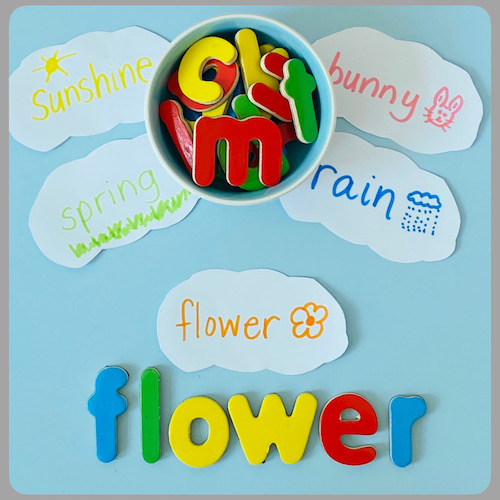 For this activity:
For this activity:
1. You will need: white paper, markers, wooden/plastic letters or letter cards.
2. Decide on key spring vocabulary to focus on such as: rain, flower, sunshine, bunny, Easter, egg, April, May, duck, lamb etc.
3. Cut out cloud shapes and write the vocabulary word – provide a picture clue for younger children who will need help deciphering the word.
4. Discuss the sounds they can hear in the word. Identify the initial sound and the ending sound. Are there any silent letters? Any digraphs? Any double letters?
5. Ask you child to use their letters to make the word. Encourage them to look at the word the first time to ensure they are spelling it correctly.
6. Ask them to try to make the word a second time, this time without looking. Encourage them to use their phonics knowledge and visual memory of the word while they are building. Check their attempt with the original word and make corrections if necessary.
Number Sun – Counting Activity
One-to-one correspondence is an important early learning maths skill. Match the numbers on the sun to the dots on the clothes peg – squeezing and manoeuvring the clothes peg practises fine motor skills.

For this activity:
1. You will need: a paper plate, yellow paint, small wooden clothes pegs and a green marker.
2. Paint the paper plate yellow.
3. Once dry, write the number from 1 to 9 around the edges of the plate, out of order.
4. On each clothes peg, draw dots corresponding to the numbers 1 to 9.
5. Ask your child to count the dots on each peg and identify the number. Find the corresponding number on the plate and clip the peg over the number.
6. When they are done, they will have created a number sun. Ask them to go clockwise around the sun starting at the top, identifying each number by counting the dots.
7. Extend this idea by incorporating addition. Ask your child to choose 2 of the clothes pegs and add them by counting the dots altogether.
Egg Carton Addition to 10
Learning to add to 10 is an important early maths skill. Make practise of these number bonds hands-on by using an empty egg carton and plastic eggs.
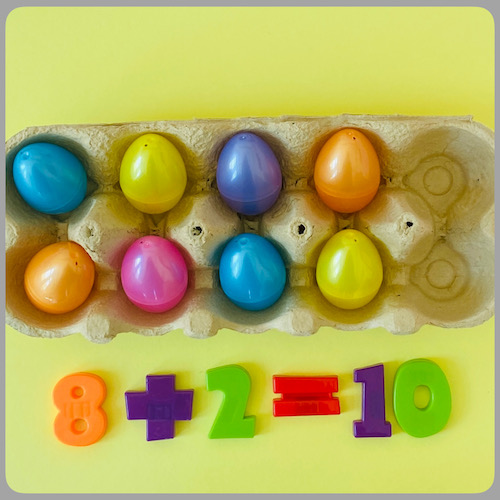 For this activity:
For this activity:
1. You will need an empty egg carton with 10 spaces (you can cut down larger carton if necessary), plastic eggs and number cards or plastic/wooden numbers.
2. Ask you child to put one egg in each space and count them. How many are there in total?
3. Choose a number and ask your child to take out that many eggs from the carton. How many eggs are left? For example, if they choose the number 3, remove 3 eggs from the carton and count the 7 that are left. This means that 7 plus 3 more will equal 10. Build this addition number sentence using your numbers.
4. Continue finding different ways of making 10. Record all of the different ways on a paper or whiteboard to keep track.
5. Once your child has a grasp of the 10 number bonds, try and relate this to subtraction. Can they build a subtraction number sentence for each number bond. For example, if 3 + 7 = 10 then 10 – 7 = 3. Demonstrate the subtraction using the egg carton and plastic eggs.
Skittle Match-up Colour Recognition
Using Skittles for this hands-on activity is a fun way to practise colour recognition, counting, adding and fine motor skills.
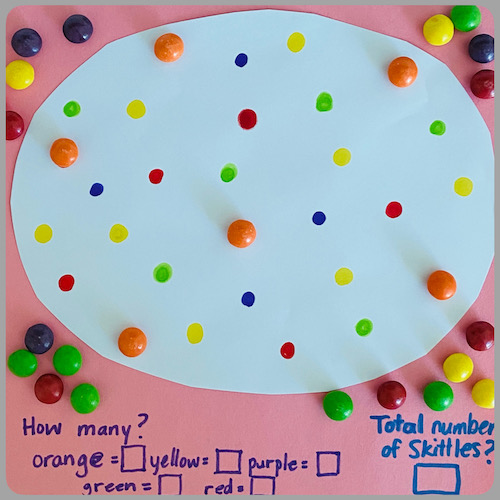
For this activity:
1. You will need: Skittles in a variety of colours, white paper, coloured markers to match the Skittle colours (red, green, yellow, orange, purple).
2. Cut out a circle or an egg shape (to get into the Easter spirit) using the white paper and make a variety of dots using the coloured markers.
3. Tape the paper onto the table so it doesn’t move.
4. Provide a bowl of Skittles and ask your child to cover up each dot with the matching colour of Skittle. Reinforce the colour names – they can say the colour as they cover up the dot.
5. To extend this activity to cover maths, once all the dots are covered, ask them to count how many of each colour they see. To extend further, write these numbers down and using a number line or 100 square, add them together to find the total number of Skittles.
Alphabet Petals Word Building Flowers
Experimenting with letters and sounds is a fun way to practise phonics and spelling. This alphabet petal word-making activity encourages children to be creative and use their literacy skills.

For this activity:
1. You will need: coloured paper, scissors, markers.
2. Cut out a flower with 6 petals. Ensure the centre of the petal is large enough to write in.
3. Write one letter on each petal, including a mix of vowels and consonants.
4. Ask children to use only those letters to make words.
5. If they need help visualising, provide them wooden/plastic letters that they can manipulate.
6. As they discover words, they write them in the centre of the flower.
7. How many words were they able to make?
8. What was the longest word? What was the shortest?
Rainbow Fan Paper Plate Craft
Celebrate spring with a paper plate rainbow fan. This is an easy craft that kids of any age can make using simple materials at home.
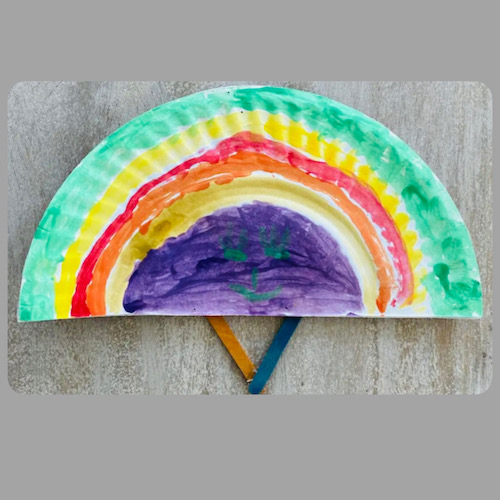
For this activity:
1. You will need: a paper plate, paints or markers, lolly sticks.
2. Cut the paper plate in half.
3. Decorate the plate as a rainbow with stripes of colours.
4. Draw a face in the centre of the rainbow.
5. Glue two lolly sticks to the back of the rainbow in a triangle shape to make a holder.
Butterfly Life Cycle Playdough Paper Plate
For this activity:
- You will need a paper plate, yellow paint, playdough.
- Paint the paper plate yellow (or other background colour).
- Discuss with your child how a butterfly develops. What different stages does it go through? Identify the four main stages of development (egg, caterpillar, chrysalis, butterfly).
- Divide the plate into four sections and label each section as a stage of a butterfly’s life.
- Create each stage of development using playdough.
Coffee Filter Flower Craft
Make beautiful flowers this spring using coffee filters and markers. This easy craft for kids is fun to make and each flower is unique and colourful. To make this craft, you only need coffee filters, markers, water and a pipe cleaner.
For this activity:
- You will need: coffee filters, colourful markers, a spray bottle, green pipe cleaner.
- Cut the coffee filters on one side and lay them flat.
- Draw colourful patterns with the markers being careful to leave white spaces between them.
- Spray the filters with water and let them dry.
- Cut the filters in half and fold like a fan.
- Layer the filters together and secure with the pipe cleaner.
Food Colouring and Flower Easy Science Experiment
This is an easy and effective science experiment for kids that demonstrates how water moves through a plant. After adding food colouring to the water of a white flower, watch it slowly change colour.
For this experiment:
- You will need white flowers (any kind will do), different food colourings and the same number of small cups/vases as colours.
- Separate the flowers into individual cups/vases with the same amount of water in each.
- Predict (or hypothesize) what will happen to the flowers once the colouring is added.
- Add a few drops of different food colourings into each vase.
- Wait and check back at regular intervals – what can be observed each time?
- Leave the flowers for a few days and discuss the results. Which colour produced the most dramatic difference in the flower? If the same amount of dye was used in each vase, why are the results different for each flower?
Magnetic or Non-magnetic STEM Exploration
Explore the power of magnets this spring using plastic Easter eggs and a variety of materials with this easy science experiment for kids.
For this activity:
- You will need: a strong magnet, hollow plastic eggs, a variety of objects, some small magnetic and some non-magnetic.
- Discuss what magnetism is. How do we know whether something is magnetic or not?
- Look at all the items and predict which ones will be magnetic. Put each item into a plastic egg and muddle them up.
- Check each egg with the magnet. Are they magnetic or non-magnetic?
- Separate the eggs into 2 categories: magnetic and non-magnetic.
- Guess which objects are in the magnetic eggs and non-magnetic eggs. Open the eggs and find out.
- Discuss which materials are magnetic and non-magnetic.
Favourite Spring Books:

The Moomin family are deep in their Long Winter Sleep, waiting for the sounds of spring. A mysterious noise wakes them, what surprises will they find outside?
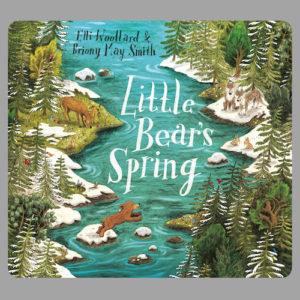
This is a lovely illustrated book which gives a gentle introduction to the changing seasons and how it impacts nature.
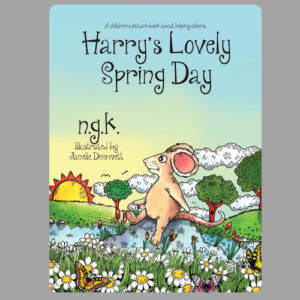
This book follows Harry the mouse as he learns the value of kindness, and that one small act could mean something huge to someone else!
